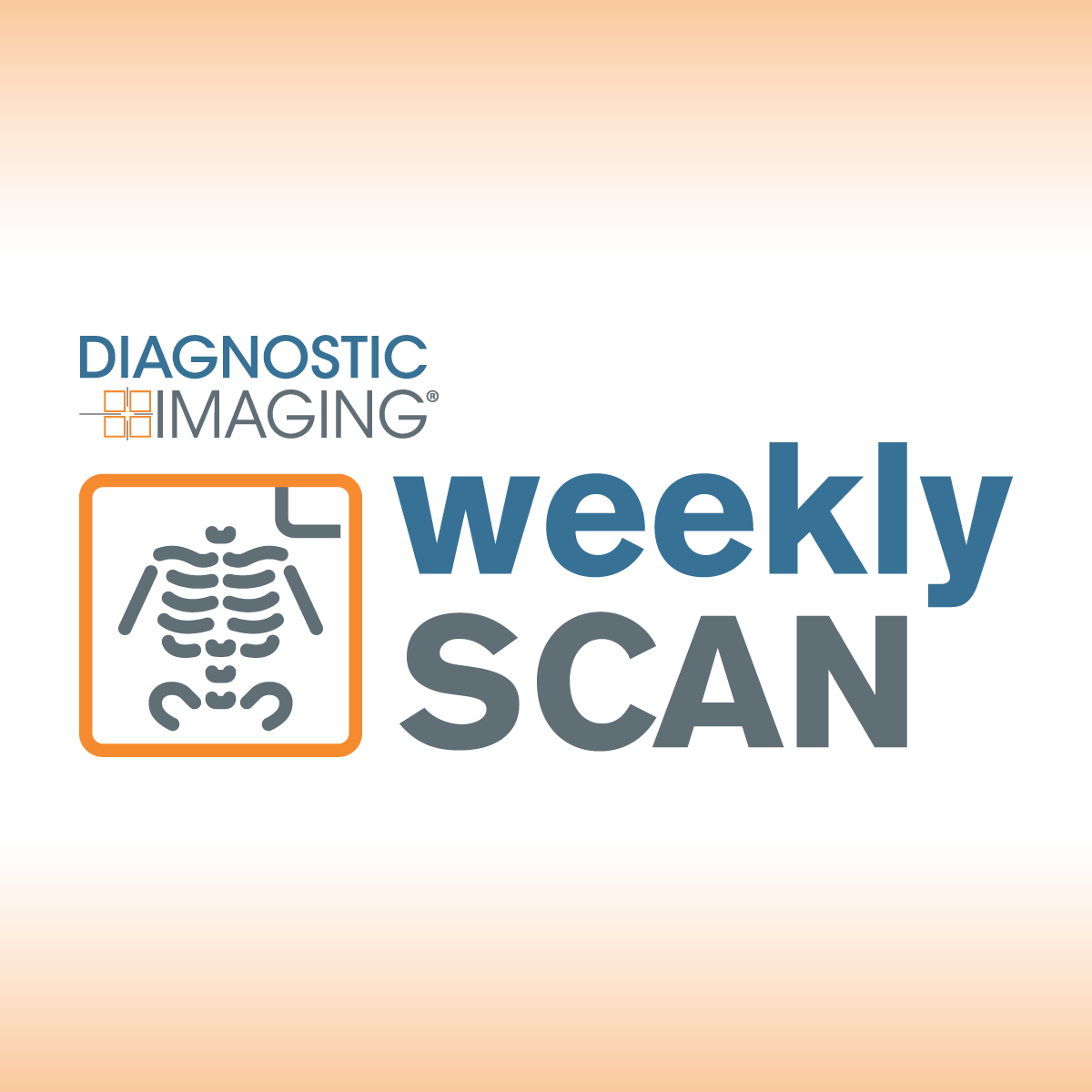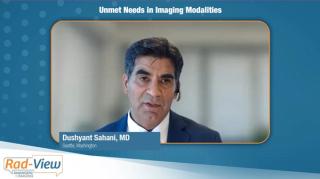
MRI
Latest News
Latest Videos

More News

Catch up on the most-well viewed radiology content in June 2025.

Catch up on the top AI-related news and research in radiology over the past month.

Offering a cost- and resource-saving DryCool magnet technology, the Magnetom Flow.Ace MRI system reportedly requires 0.7 liters of liquid helium for cooling over the lifetime of the device in contrast to over 1,000 liters commonly utilized with conventional MRI platforms.
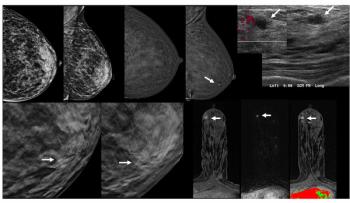
While the addition of contrast-enhanced mammography (CEM) to digital breast tomosynthesis (DBT) led to over a 13 percent increase in false positive cases, researchers also noted over double the cancer yield per 1,000 women in comparison to DBT alone.

The use of adjunctive AI in biparametric prostate MRI exams led to 3.3 percent and 3.4 percent increases in the AUC and specificity, respectively, for clinically significant prostate cancer (csPCa) in a 360-person cohort drawn from 53 facilities.

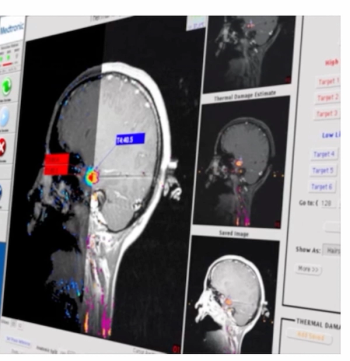
An alternative to an open neurosurgical approach, the Visualase V2 MRI-Guided Laser Ablation System reportedly utilizes laser interstitial thermal therapy (LITT) for targeted soft tissue ablation in patients with brain tumors and focal epilepsy.

Emerging research showed that AI-generated ADC mapping from MRI led to significant increases in accuracy, PPV and specificity in comparison to conventional ADC mapping while achieving a 93 percent sensitivity for PCa.
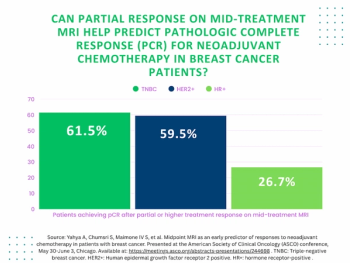
A partial response rate to neoadjuvant chemotherapy on mid-treatment MRI preceded a higher pathologic complete response (pCR) in 61.5 percent of women with triple-negative breast cancer, according to research presented at the American Society of Clinical Oncology (ASCO) conference.
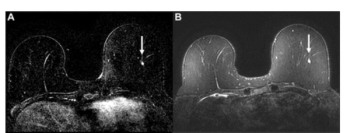
Assessing the simulated use of AI-generated suspicion scores for determining whether one should continue with full MRI or shift to an abbreviated MRI, the authors of a new study noted comparable sensitivity, specificity, and positive predictive value for biopsies between the MRI approaches.

For patients with inconclusive ultrasound results, abbreviated breast MRI offers comparable detection of intraductal papilloma as a full breast MRI protocol at significantly reduced times for scan acquisition and interpretation, according to a new study.

Previously approved for MRI lung ventilation evaluation in adults and children 12 and older, the hyperpolarized contrast agent Xenoview can now be utilized for pediatric patients six years and older.

Catch up on the top radiology content of the past week.
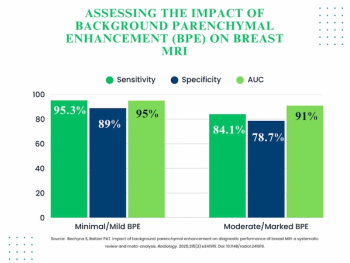
Moderate or marked background parenchymal enhancement (BPE) reduces the sensitivity and specificity of MRI for breast cancer detection by more than 10 percent in comparison to scans with minimal or mild BPE, according to a new meta-analysis.
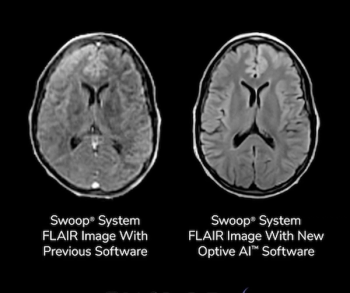
The Optive AI software, the tenth software release for the Swoop portable MRI system, reportedly offers enhanced clarity and anatomical detail for ultra-low-field MRI of the brain.
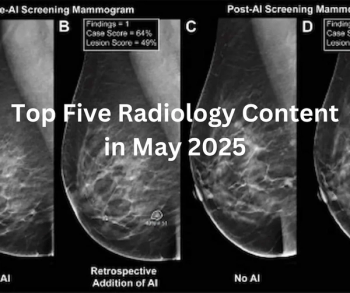
Catch up on the most-well viewed radiology content in May 2025.
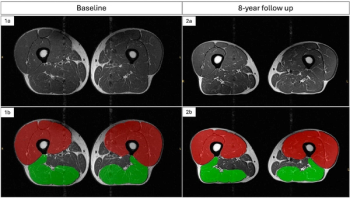
For overweight and obese patients at risk for knee osteoarthritis (OA), eight-year follow-up MRI data revealed a 12.8 percent loss of thigh muscle sub-volume for people who had extensive weight loss in comparison to 5.1 percent for those who retained a stable weight.

Two years after intraarticular knee injections for knee osteoarthritis (OA), study participants who had corticosteroid knee injections had greater OA progression than control patients while the use of hyaluronic acid injections was associated with less OA progression.

Catch up on the top AI-related news and research in radiology over the past month.

Catch up on the top radiology content of the past week.

Recognition of the central vein sign with a six-minute MRI demonstrated comparable sensitivity for multiple sclerosis (MS) detection in comparison to oligoclonal band (OCB) assessment, which requires lumbar puncture, according to newly published research.

For women with dense breasts and negative mammograms, contrast-enhanced mammography and abbreviated MRI provided respective cancer detection rates of 19.2 per 1000 exams and 17.4 per 1000 exams, according to new research.
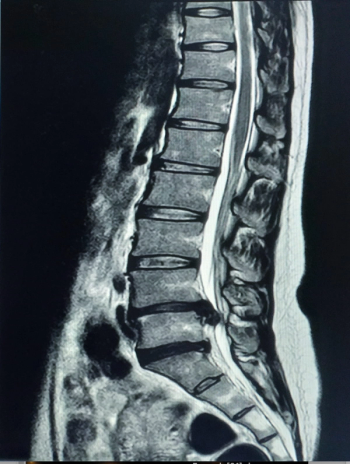
The MSKai software provides AI-powered segmentation, labeling, and measurement tools for assessment of T2-weighted MRIs of the lumbar spine.

Emerging research suggests that abbreviated breast MRI offers comparable sensitivity and specificity as multiparametric MRI in women with extremely dense breasts with a nearly 50 percent reduction in reading time for radiologists.
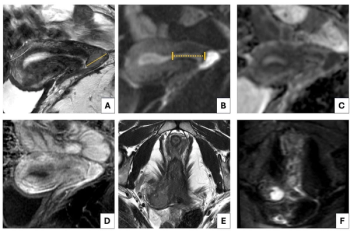
New guidelines from the European Society of Urogenital Radiology (ESUR) offer pertinent principles and recommendations for MRI use in considering fertility-sparing treatments for women with ovarian, endometrial, or cervical cancer.


